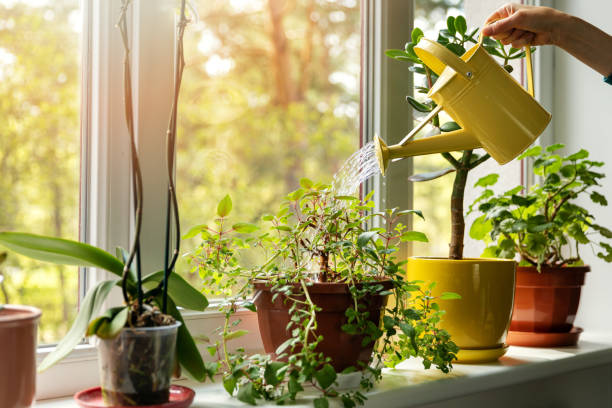
FAQ About Plant Care
Plant Care
2 years ago | gizem
How do I prune my plants?
Pruning plants is an important practice that helps maintain their health, shape, and encourages optimal growth. Here's a general guide on how to prune your plants:
- Timing: Pruning timing varies depending on the type of plant. In general, late winter or early spring, before the onset of new growth, is a suitable time for pruning many deciduous plants. However, some plants, like spring-flowering shrubs, are best pruned right after they finish blooming. Research the specific pruning requirements for your plant species.
- Tools: Use clean and sharp pruning tools appropriate for the size of the branches you'll be cutting. Pruning shears or secateurs work well for small branches, while loppers or pruning saws are suitable for thicker branches.
- Identify objectives: Determine the purpose of pruning. It could be to remove dead, damaged, or diseased branches, improve the plant's shape or structure, encourage new growth, or control the size of the plant.
- Remove dead or diseased branches: Start by removing any dead, diseased, or damaged branches. Cut them back to healthy tissue or the branch collar (the swollen area where the branch meets the trunk).
- Thinning cuts: To improve air circulation and light penetration, selectively remove some of the older, overcrowded, or crossing branches. Make thinning cuts by cutting the branch back to a lateral branch or the main stem.
- Heading cuts: For plants that benefit from shaping or size control, make heading cuts. Cut the branch just above a bud or a side branch to encourage new growth and maintain the desired shape.
- Prune lightly: Avoid removing more than one-third of the plant's total foliage during a single pruning session. Excessive pruning can stress the plant and affect its ability to recover.
- Step back and assess: Take breaks during the pruning process to step back and assess the plant's overall shape and balance. Make adjustments as needed.
- Clean up: Dispose of the pruned branches, leaves, and debris properly. This helps prevent the spread of diseases and pests.
- Monitor and maintain: Regularly monitor your plants after pruning to ensure proper healing and growth. Provide appropriate care, such as watering, fertilizing, and protecting from extreme weather conditions.
